Diwali Delights: Immersing Yourself in the Kaleidoscope of Indian Festivals
India, a land steeped in tradition and cultural diversity, boasts a kaleidoscope of festivals that paint the country with vibrant hues and infectious energy. Among these celebrations, Diwali, or the Festival of Lights, stands out as a dazzling spectacle that encapsulates the essence of joy, spirituality, and togetherness. Join us on a journey to explore the rich tapestry of Diwali and discover how this festival illuminates the heart of India.
Diwali: A Symphony of Lights and Traditions
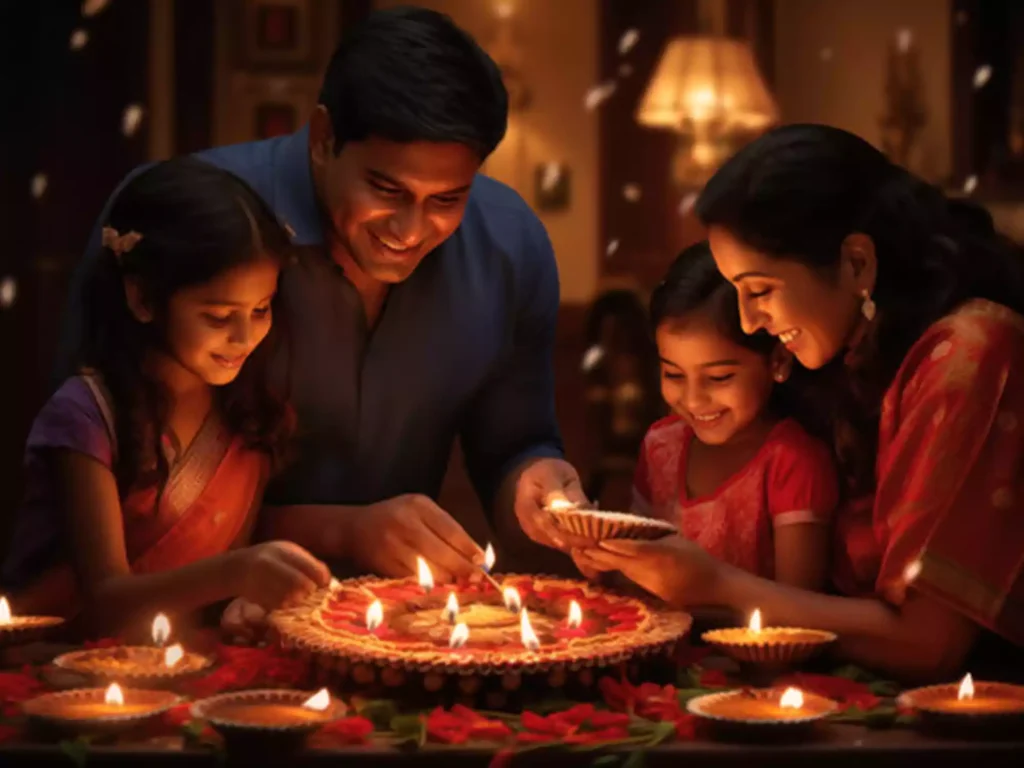
Diwali, derived from the Sanskrit word ‘Deepavali,’ translates to a row of lights, and indeed, it lives up to its name. The festival typically spans five days, each marked by unique rituals and celebrations. The excitement begins with cleaning and decorating homes—a symbolic act of purifying the surroundings and welcoming the divine.
Day 1: Dhanteras The festival kicks off with Dhanteras, a day dedicated to wealth and prosperity. Families indulge in the age-old tradition of purchasing gold and silver, believing it will bring good fortune. The streets come alive with the sparkle of new purchases and the warm glow of diyas, traditional earthen lamps.
Day 2: Naraka Chaturdashi (Choti Diwali) Choti Diwali, also known as Naraka Chaturdashi, commemorates the defeat of the demon Narakasura by Lord Krishna. The day is marked by the ritualistic oil bath, symbolizing the cleansing of impurities and the triumph of good over evil.
Day 3: Diwali The main event, Diwali, is celebrated with unparalleled fervour. Homes are adorned with intricate rangoli designs, and the air is thick with the fragrance of incense. Families gather for a sumptuous feast, exchange gifts, and light diyas to dispel darkness and invite prosperity.
Day 4: Govardhan Puja Govardhan Puja pays homage to Lord Krishna’s lifting of the Govardhan Hill to protect villagers from the wrath of the rain god. Devotees create miniature hillocks from cow dung and worship them, symbolizing the connection between nature and divinity.
Day 5: Bhai Dooj The festival concludes with Bhai Dooj, a day dedicated to the bond between siblings. Sisters perform aarti for their brothers, applying a ceremonial tilak on their foreheads as a symbol of love and protection.
Regional Flavors: Diwali Across India
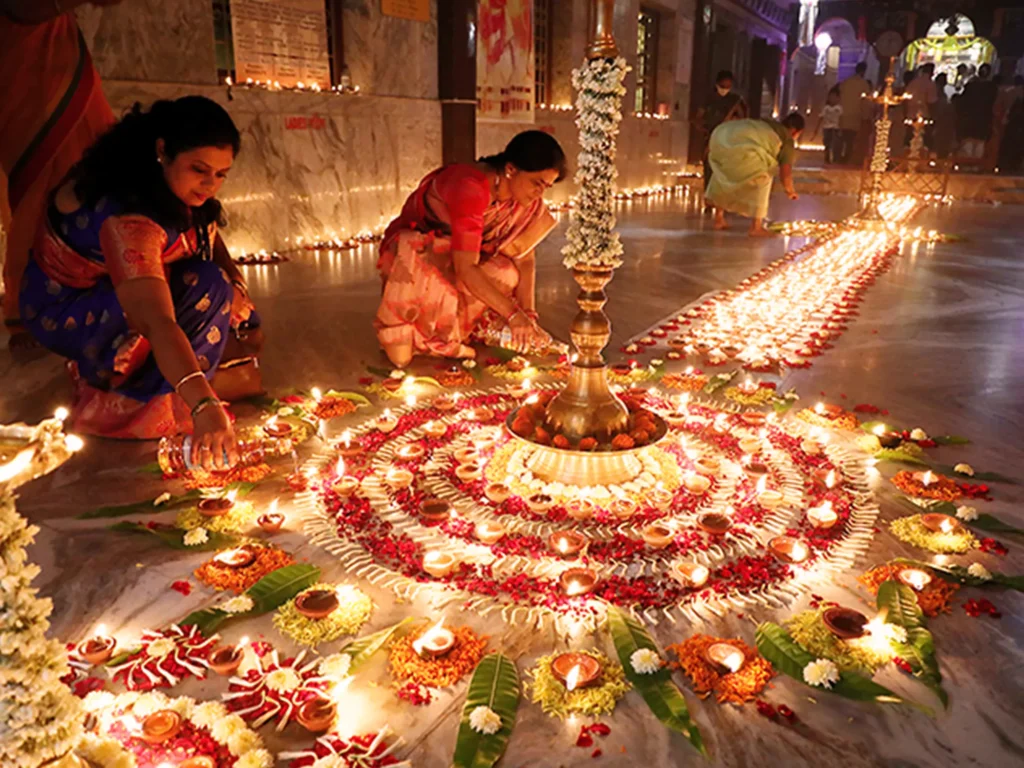
One of the fascinating aspects of Diwali is its regional diversity, with each state adding its unique twist to the celebrations.
North India: In Delhi and Uttar Pradesh, the sky lights up with a spectacular display of fireworks, and the streets are adorned with colourful lights. The markets bustle with activity as families shop for traditional attire and sweets, adding to the festive fervour.
West Bengal
In West Bengal, Diwali coincides with Kali Puja, a celebration dedicated to the fierce goddess Kali. The night is marked by elaborate rituals, devotional songs, and mesmerizing processions through the streets of Kolkata.
South India
Down south, particularly in Tamil Nadu and Karnataka, Diwali is a celebration of lights and sounds. Homes are illuminated with oil lamps, and the night sky echoes with the crackle of fireworks. The aroma of freshly prepared sweets wafts through the air.
Gujarat
In Gujarat, Diwali coincides with the Gujarati New Year. The festival is marked by vibrant dance forms like Garba and Dandiya, with communities coming together for spirited performances.
Maharashtra
In Maharashtra, families celebrate with a grand feast that includes traditional sweets like Puran Poli and Shrikhand. The streets of Mumbai come alive with dazzling lights, transforming iconic locations like Marine Drive into a luminous spectacle.
You may also like: 10 Traditional Cuisines from Different Regions of India
Experiencing Diwali: A Traveler’s Perspective
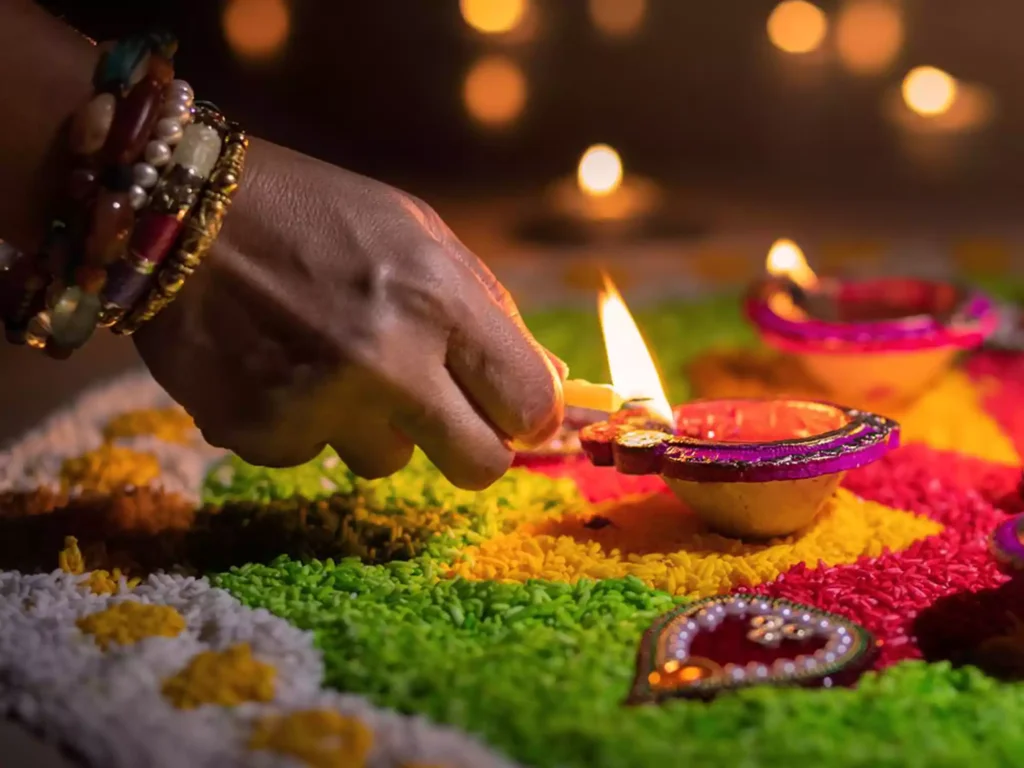
For travellers seeking to immerse themselves in the Diwali experience, planning a visit to India during this festive season promises an unforgettable adventure.
Delhi’s Grand Illumination
The capital city, Delhi, transforms into a breathtaking canvas of lights during Diwali. From the historic Red Fort to the modern India Gate, iconic landmarks are bathed in a golden glow. The markets, especially Chandni Chowk, are a sensory delight with their vibrant decorations and bustling crowds.
Varanasi’s Spiritual Aura
Varanasi, the spiritual heart of India, takes on a mystical charm during Diwali. The ghats along the Ganges River are illuminated with countless diyas, creating a surreal reflection on the sacred waters. The air is filled with the sound of devotional chants and the soft lapping of the river.
Jaipur’s Royal Radiance
The Pink City, Jaipur, embraces Diwali with regal splendour. The majestic Amer Fort is bathed in lights, and the markets display a dazzling array of traditional handicrafts and textiles. The city’s vibrant bazaars are a treasure trove for those seeking unique Diwali souvenirs.
Kolkata’s Artistic Extravaganza
Kolkata, known for its cultural richness, celebrates Diwali with an artistic flair. The city hosts various cultural events, including dance performances and art exhibitions. The streets are adorned with elaborate decorations, and the spirit of festivity is contagious.
Mumbai’s Luminous Landscapes
The city that never sleeps, Mumbai, decks itself in Diwali splendour. Marine Drive, with its iconic sea-facing promenade, becomes a mesmerizing sight with lights reflecting off the Arabian Sea. The local markets, such as Colaba Causeway and Crawford Market, offer a glimpse into Mumbai’s vibrant Diwali preparations.
Navigating Diwali Responsibly
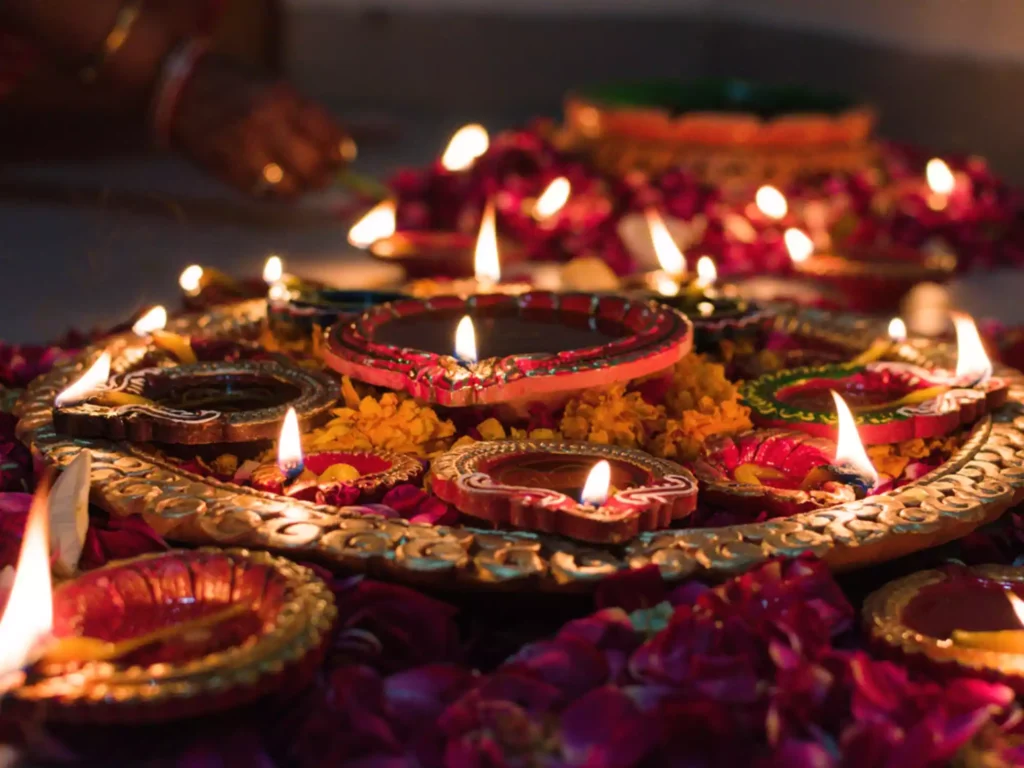
While the spectacle of Diwali is undeniably captivating, travellers must approach the festival responsibly, keeping in mind environmental and cultural sensitivities.
1. Respect Local Traditions: Observe and respect local customs and traditions. Seek permission before participating in private celebrations, and avoid disrupting religious rituals.
2. Mindful Firecracker Use: Diwali is notorious for the extensive use of firecrackers. While they add to the festive atmosphere, it’s essential to be mindful of their environmental impact. Consider celebrating with eco-friendly alternatives or opting for quieter festivities.
3. Eco-friendly Souvenirs: When purchasing souvenirs, choose items that promote sustainability and support local artisans. Avoid contributing to the demand for non-biodegradable decorations.
4. Cultural Sensitivity: Be mindful of the cultural significance of Diwali and its religious undertones. Dress modestly when visiting religious sites, and be aware of the spiritual nature of the festival.
You may also like: 11 Best Must-See Festivals Of India
The Essence of Diwali:
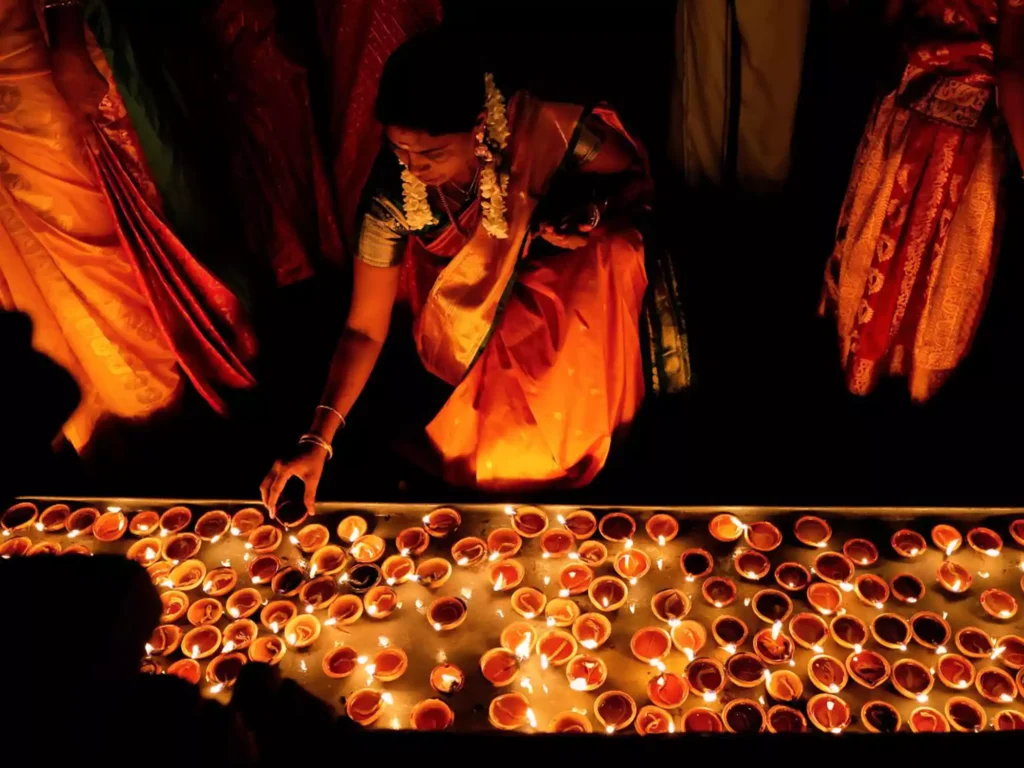
In the tapestry of Indian festivals, Diwali stands as a luminous thread that weaves together stories of triumph, joy, and unity. Whether you find yourself on the ghats of Varanasi, the bustling streets of Delhi, or the tranquil landscapes of southern India, Diwali offers a sensory journey into the heart of the country’s cultural richness.
Preparations and Rituals
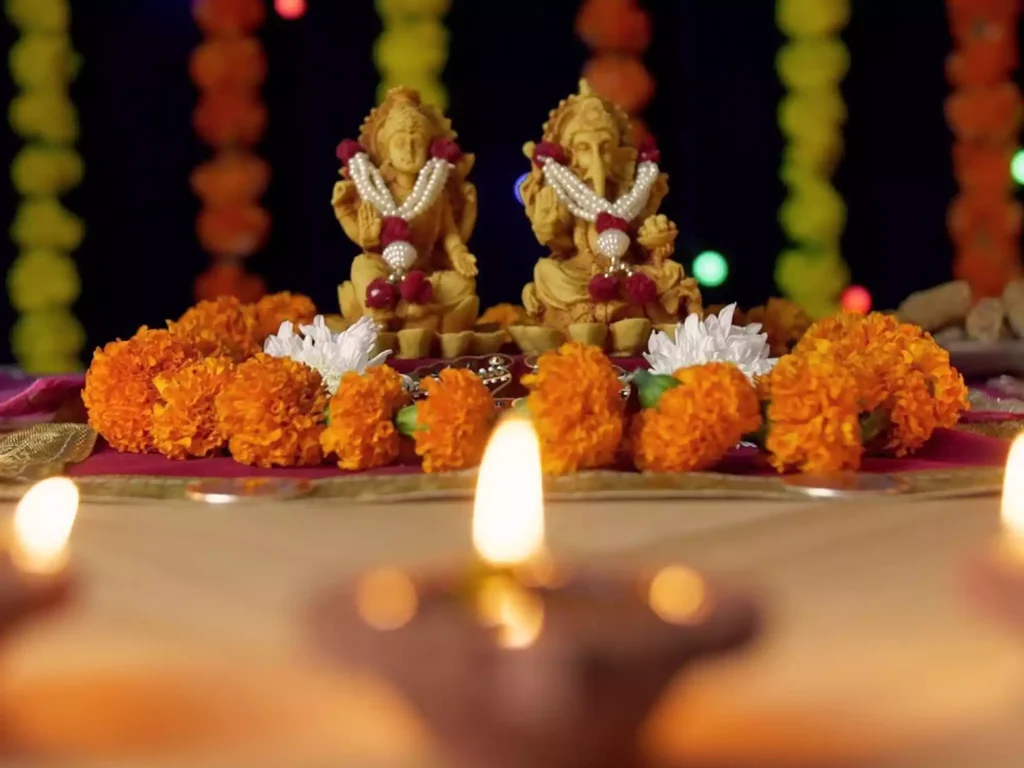
The excitement leading up to Diwali is palpable across the country. Weeks in advance, homes are meticulously cleaned, symbolizing the removal of negativity and the welcoming of positive energy. The markets come alive with a plethora of colours as people shop for new clothes, decorative items, and, of course, the quintessential earthen lamps or diyas.
Rangoli, intricate patterns made with coloured powders or flower petals, adorn entrances, adding a touch of artistry to the festive atmosphere. The lighting of diyas holds special significance, symbolizing the victory of light over darkness and the dispelling of ignorance. Firecrackers, though a controversial aspect due to environmental concerns are an integral part of Diwali, with their vibrant bursts symbolizing the triumph of good over evil.
Sweets and Savories
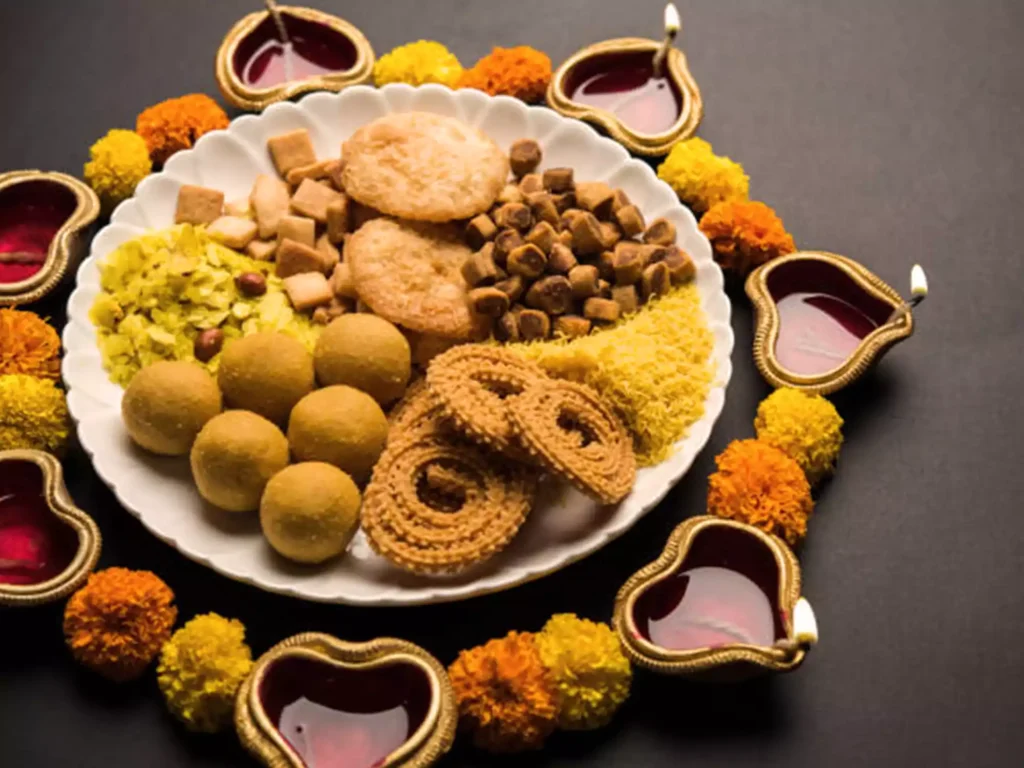
Diwali is incomplete without the delectable array of sweets and savouries that grace every household. From the melt-in-the-mouth goodness of Gulab Jamun to the crispiness of Jalebi, and the fragrant richness of homemade Barfi, these treats are exchanged among friends and family as a gesture of love and goodwill. The diversity in sweets mirrors the cultural diversity of India itself.
You may also like: 11 Most Unusual Festivals of India
In conclusion, Diwali is more than just a festival; it celebrates light, love, and the triumph of good over evil. As diyas illuminate homes and hearts, and the air resonates with the joyous sounds of celebrations, Diwali stands as a testament to India’s rich cultural heritage. It’s a time to come together, appreciate diversity, and cherish the values that bind us as a nation. May the Festival of Lights continue to illuminate our lives with positivity, unity, and a sense of shared humanity.

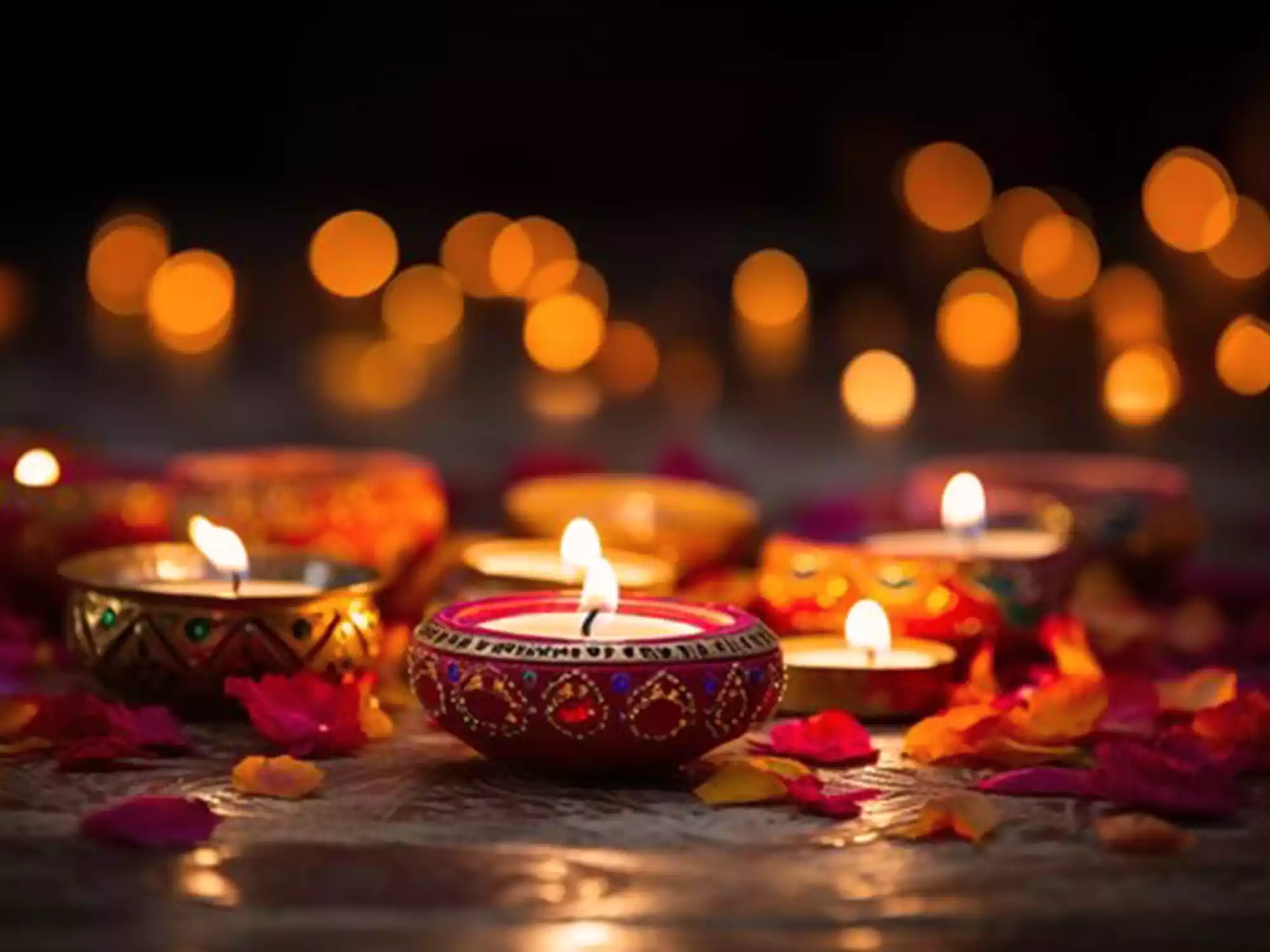
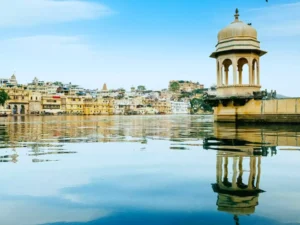
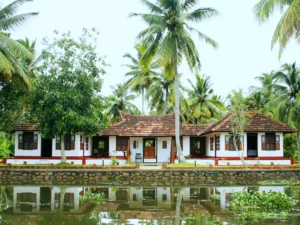
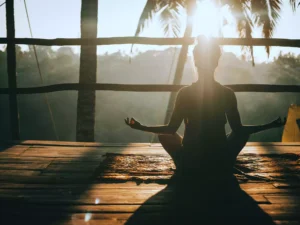
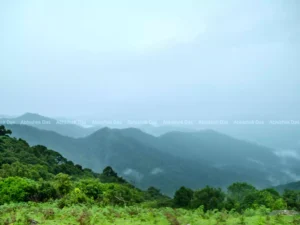

One comment